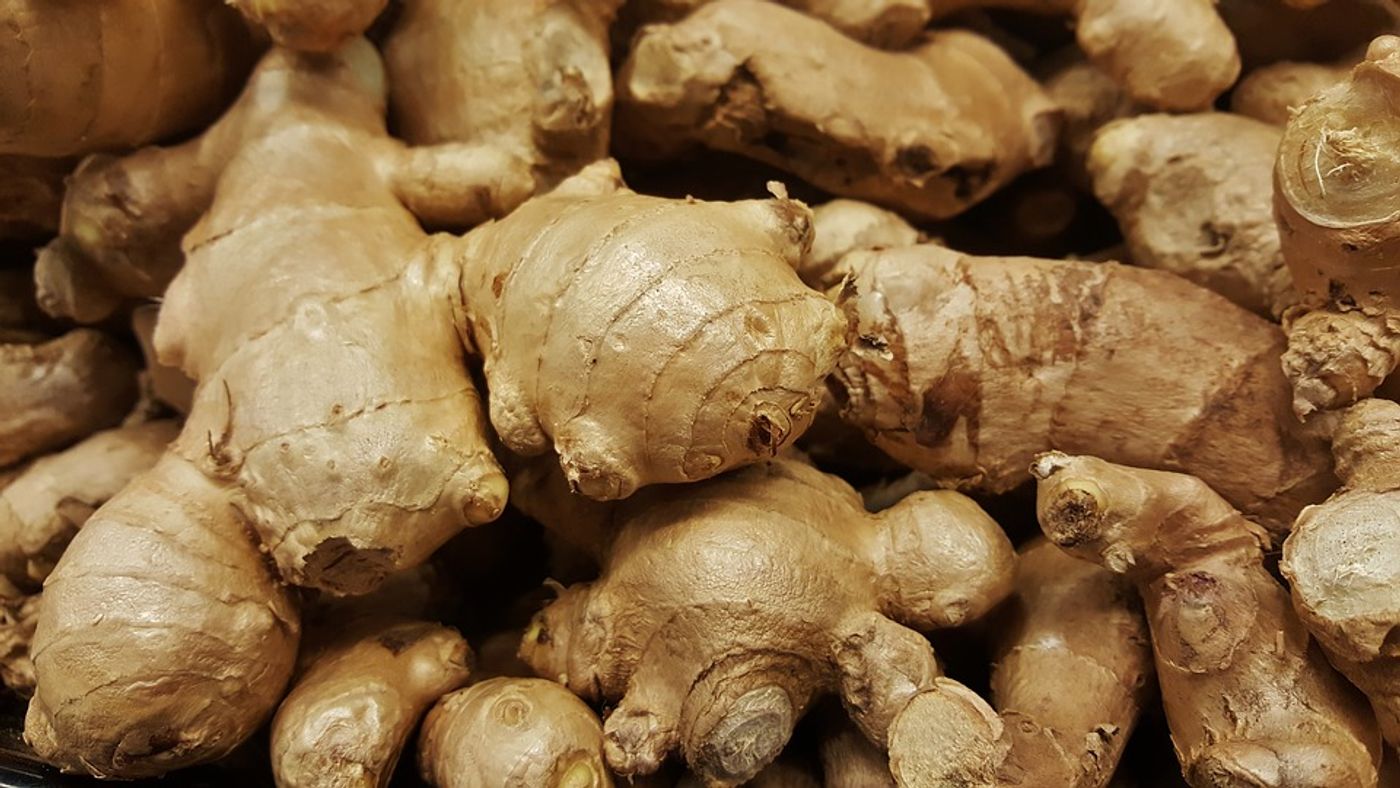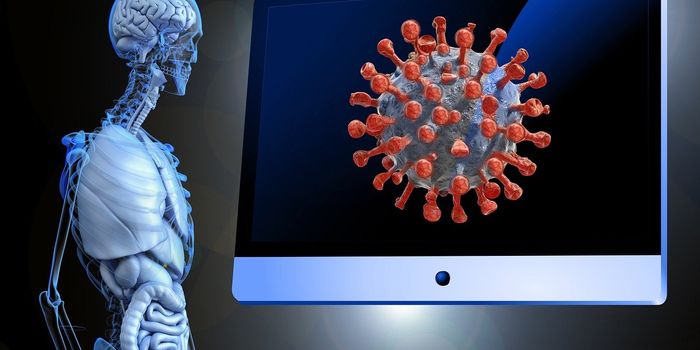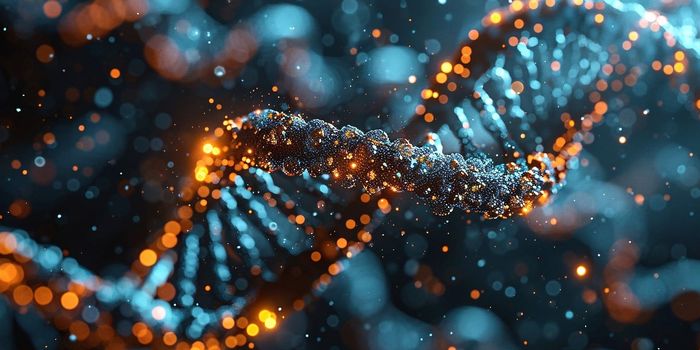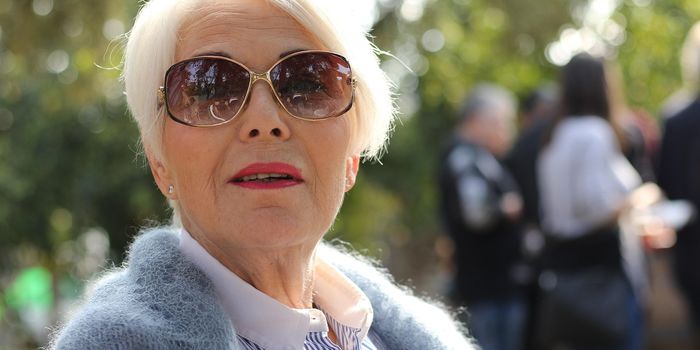A common folk remedy for upset stomachs and other digestive ails often involves ginger – raw, dried, candied, pickled, and as ginger-steeped tea. Now, scientists at the Atlanta Veterans Affairs Medical Center are using 21st century technology to turn ginger into a form that’s never been seen before:
ginger-derived nanoparticles. The team hopes this form of ginger will be effective against inflammatory bowel disease and cancer linked to colitis.

Ginger is a gnarly root that has a unique fragrance and spicy taste, making it a popular spice in many Asian cuisines. But what got scientists’ attention to this root were ginger’s anti-inflammatory properties. Some key active compounds in ginger are 6-gingerol and 6-shogaol – chemicals that fight oxidation, inflammation, and cancer. These compounds are why ginger apparently helps with small upset stomachs and other digestive troubles.
But for chronic inflammatory bowel diseases, such as Crohn’s disease and ulcerative colitis, eating ginger isn’t quite enough. The key, scientists believed, was to get the ginger compounds directly to the site of inflammation. This involved a trip to the local farmer’s market, a blender, and some super high-tech centrifugation and ultrasonic dispersion of the ginger bits. In the end, the team arrived at what they called ginger-derived nanoparticles (GDNPs).
These nanoparticles each measured at around 230 nanometers in diameter. It’s estimated that the width of a human hair could contain at least 300 of these particles.
In lab tests, mice fed with the ginger nanoparticles showed a reduction in acute colon inflammation, which seemed to curb colon cancer in the long term. At the cellular level, the GDNPs seemed to help intestinal cells better fight inflammation and repair itself.
The nanoparticle delivery system is a more targeted approach to get the ginger compounds to the intestines. This means a smaller dose could have bigger effects on the inflammation, and side effects on the rest of the body are limited.
The team, led by Didier Merlin, is excited at the prospects of turning to the so-called ‘nature’s medicine cabinet’ for potential non-toxic, sustainable, low-cost cures to common diseases. For them, plants represent "nanofactories for the fabrication of medical nanoparticles."
Additional source:
Veterans Affairs Research Communications press release









